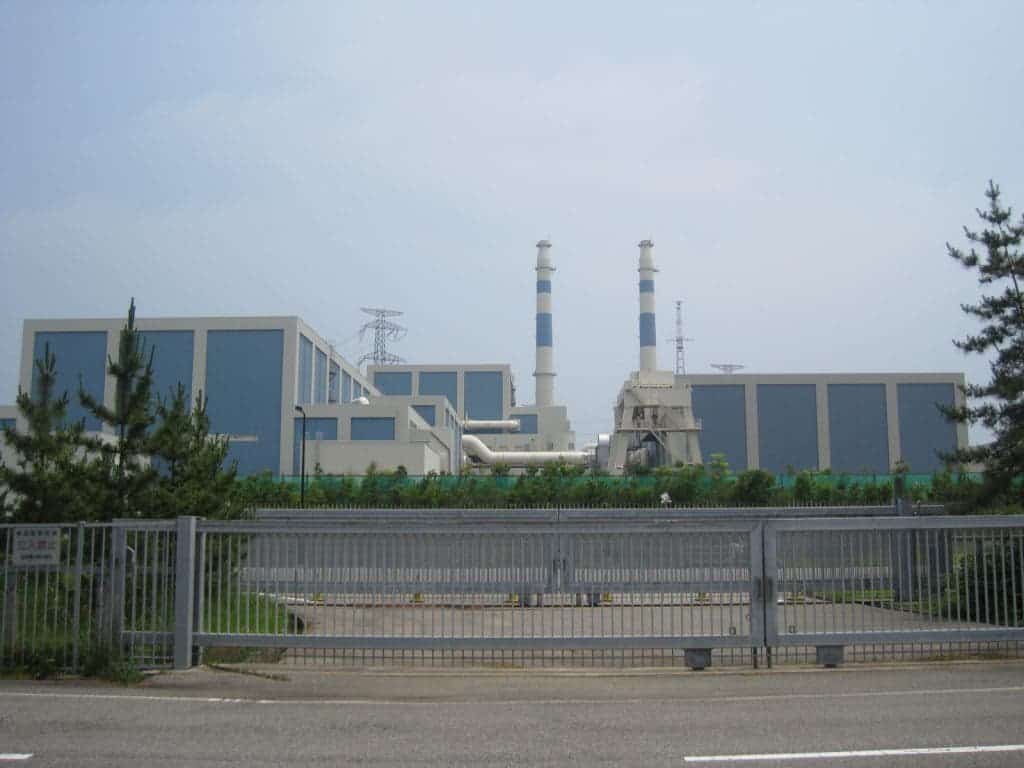New concerns are being voiced in Japan after it was discovered that a significant geological fault line passes right under a nuclear plant – and the fault is active.

According to a report published by an expert panel at the Nuclear Regulation Authority, the fault that passes beneath Hokuriku Electric Power Co.’s Shika nuclear power plant in Ishikawa Prefecture can be “reasonably concluded to be active.” The fault lies directly under the plant’s Reactor 1, which likely means the reactor will have to be decommissioned. The power company has already submitted an application for a safety inspection, asserting that the fault in case is not active.
Of course, geological studies are carried on before a nuclear plant is built — especially given that Japan is one of the most semisically active countries in the world. However, these initial studies found that the place is safe, which is now brought into question.
Geological faults are some of the most common features in the Earth’s crust. The textbook definition goes like this: a fault is a planar fracture or discontinuity in a volume of rock, across which there has been significant displacement as a result of rock mass movement. Faults can be classified based on several characteristics, but for engineering purposes, faults can be either active or inactive.
The thing is, inactive faults can be reactivated. This process usually happens in geological timeframes – millions of years. However, this process can happen much faster, especially in a seismic context. At this point, it’s not clear if the fault was inactive initially but then was activated or if it was always active.

A new Fukushima?
The Fukushima Daiichi Nuclear Power Plant is still fresh in people’s minds, especially in Japan. On March 11, 2011 a 9.0 magnitude earthquake struck Japan. It was one of the greatest earthquakes in human history, and the subsequent tsunami brought waves of up to 14 meters that over-topped the station, causing a meltdown whose effects are still felt today.
This event raised concerns about Japan’s nuclear power, establishing an unfortunate precedent. Now, Japan is trying to revamp its nuclear plants and having one right above an active fault is exactly what you’d want to avoid. As I wrote above, the evolution of the fault is not determined and the Japanese don’t seem too keen on sharing more data about the situation. The power company insists that the fault is not active based on their own study, but that study is not public and this situation is particularly worrisome. After taking the panel’s conclusion into account, the Nuclear Regulation Authority will make a decision – but this situation shouldn’t have been reached in the first place. Hopefully, corporate greed and/or improper studies won’t put people’s lives at risk.
Phasing nuclear out is also not an option in many parts of the world. Nuclear energy has been wrongfully stigmatized. With all its risks and shortcomings, nuclear power is still the most cost-effective “green” solution to toppling fossil fuel and mitigating global warming in the process. It is also much safer than fossil fuels. Nuclear power instead of coal saved 1.8 million lives between 1971-2009, according to a recent NASA report.
Nuclear energy can be a green bridge to renewable energy, but we need to ensure the geological safety and stability of nuclear plants. We can’t afford another Fukushima.


